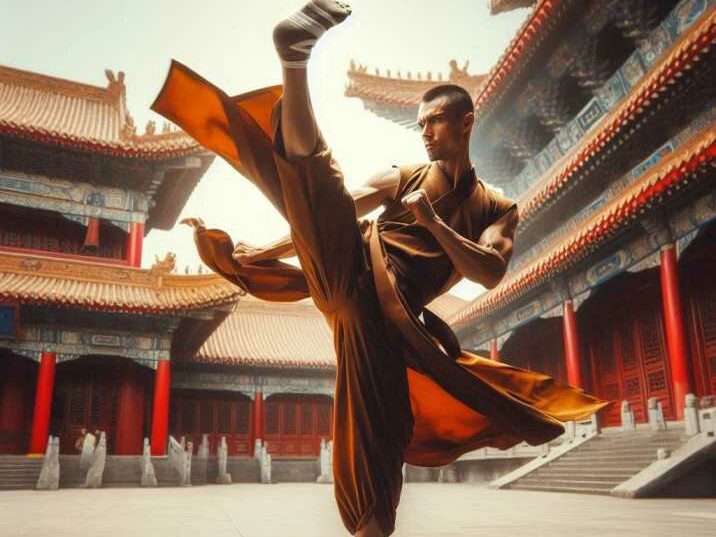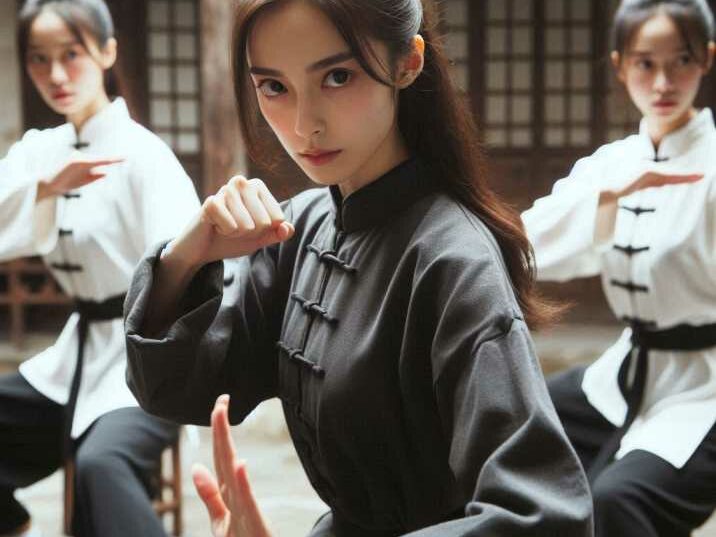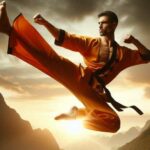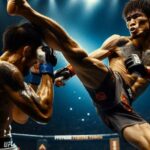Introduction
Table of Contents
Kung Fu martial arts, an ancient practice with roots deeply embedded in Chinese culture, has fascinated people for centuries. But just how old is Kung Fu martial arts? To fully understand its age, we must delve into its history, evolution, and cultural significance. This article will provide a comprehensive look at the origins and development of Kung Fu, from its early beginnings to its modern-day practice.

Table of Contents
- Origins of Kung Fu Martial Arts
- Historical Milestones in Kung Fu
- Evolution of Kung Fu Styles
- Cultural Impact of Kung Fu
- Modern-Day Kung Fu
- Preservation and Future of Kung Fu
- Frequently Asked Questions
Origins of Kung Fu Martial Arts
The Birth of Kung Fu
How old is Kung Fu martial arts? The roots of Kung Fu can be traced back over 4,000 years, originating in ancient China. The early forms of this martial art were closely tied to the need for self-defense, hunting, and military training. The term “Kung Fu” itself means “achievement through great effort,” reflecting the discipline and dedication required to master this art.
Shaolin Monks and Kung Fu
A significant milestone in the history of Kung Fu is its association with the Shaolin Monastery. Around 500 AD, the Indian monk Bodhidharma is said to have traveled to China and introduced a series of exercises to the Shaolin monks. These exercises, combined with the monks’ own self-defense techniques, laid the foundation for what would become Shaolin Kung Fu. The monastery became a hub for martial arts training, and its techniques spread throughout China.

Historical Milestones in Kung Fu
Development During the Dynasties
Throughout Chinese history, various dynasties contributed to the development and refinement of Kung Fu. During the Tang Dynasty (618-907 AD), Kung Fu became more structured, with specific styles and schools emerging. The Song Dynasty (960-1279 AD) saw the formalization of many techniques and the creation of training manuals, making Kung Fu more accessible.
Kung Fu in the Modern Era
In the 20th century, Kung Fu experienced a renaissance. The Chinese government recognized it as a cultural treasure, and it gained international fame through cinema and television. Martial artists like Bruce Lee and Jet Li brought Kung Fu to the global stage, showcasing its beauty and power.
Evolution of Kung Fu Styles
Traditional Styles
Kung Fu is not a single martial art but a collection of hundreds of styles. Some of the most well-known traditional styles include Wing Chun, Tai Chi, and Hung Gar. Each style has unique characteristics, techniques, and philosophies.
Modern Styles
In modern times, new styles and hybrid forms of Kung Fu have emerged. Mixed Martial Arts (MMA) and other combat sports have incorporated Kung Fu techniques, adapting them for contemporary competition. Additionally, forms like Wushu have been developed for performance and sport, emphasizing acrobatics and fluid movements.
Cultural Impact of Kung Fu
Influence on Chinese Culture
Kung Fu has played a significant role in shaping Chinese culture. It is deeply intertwined with Chinese philosophy, medicine, and spirituality. Concepts such as Qi (life energy) and the balance of Yin and Yang are integral to Kung Fu practice.
Global Influence
The global influence of Kung Fu cannot be overstated. It has inspired countless individuals to take up martial arts, promoting physical fitness, discipline, and mental well-being. Films, books, and television shows featuring Kung Fu have captivated audiences worldwide, spreading its philosophy and techniques far beyond China.
Modern-Day Kung Fu
Training and Practice
Today, Kung Fu is practiced by millions of people around the world. Training often includes forms (pre-arranged sequences of movements), sparring, and physical conditioning. Many practitioners also study the philosophical and spiritual aspects of Kung Fu, seeking to integrate its teachings into their daily lives.
Competitions and Demonstrations
Kung Fu competitions and demonstrations are popular events, showcasing the skill and artistry of martial artists. These events range from traditional tournaments to modern Wushu competitions, where athletes perform intricate routines judged on their technical proficiency and artistic expression.
Preservation and Future of Kung Fu
Challenges in Preservation
Preserving the traditional forms and teachings of Kung Fu is a challenge in the modern world. As society changes, there is a risk that some of the ancient knowledge and techniques could be lost. However, efforts are being made to document and teach Kung Fu to new generations.
The Future of Kung Fu
The future of Kung Fu looks promising. With its rich history and cultural significance, Kung Fu continues to attract new practitioners. Modern technology and media are being used to preserve and promote Kung Fu, ensuring that this ancient martial art will continue to thrive for generations to come.
Frequently Asked Questions
1. How old is Kung Fu martial arts?
Kung Fu martial arts are over 4,000 years old, with roots dating back to ancient China. It has evolved through various dynasties and cultural influences.
2. What are the main styles of Kung Fu?
There are hundreds of styles of Kung Fu, but some of the most well-known include Wing Chun, Tai Chi, Hung Gar, and Shaolin Kung Fu. Each style has unique techniques and philosophies.
3. Who was Bodhidharma and what is his significance in Kung Fu?
Bodhidharma was an Indian monk who traveled to China around 500 AD. He is credited with introducing exercises that became the foundation for Shaolin Kung Fu, significantly influencing its development.
4. How has Kung Fu influenced global culture?
Kung Fu has had a significant impact on global culture, particularly through films, television, and literature. It has inspired many to take up martial arts and has spread Chinese philosophy and culture worldwide.
5. What is the future of Kung Fu?
The future of Kung Fu is bright, with ongoing efforts to preserve traditional teachings and adapt the art for modern times. It continues to attract new practitioners and evolve through various forms of media and technology.


